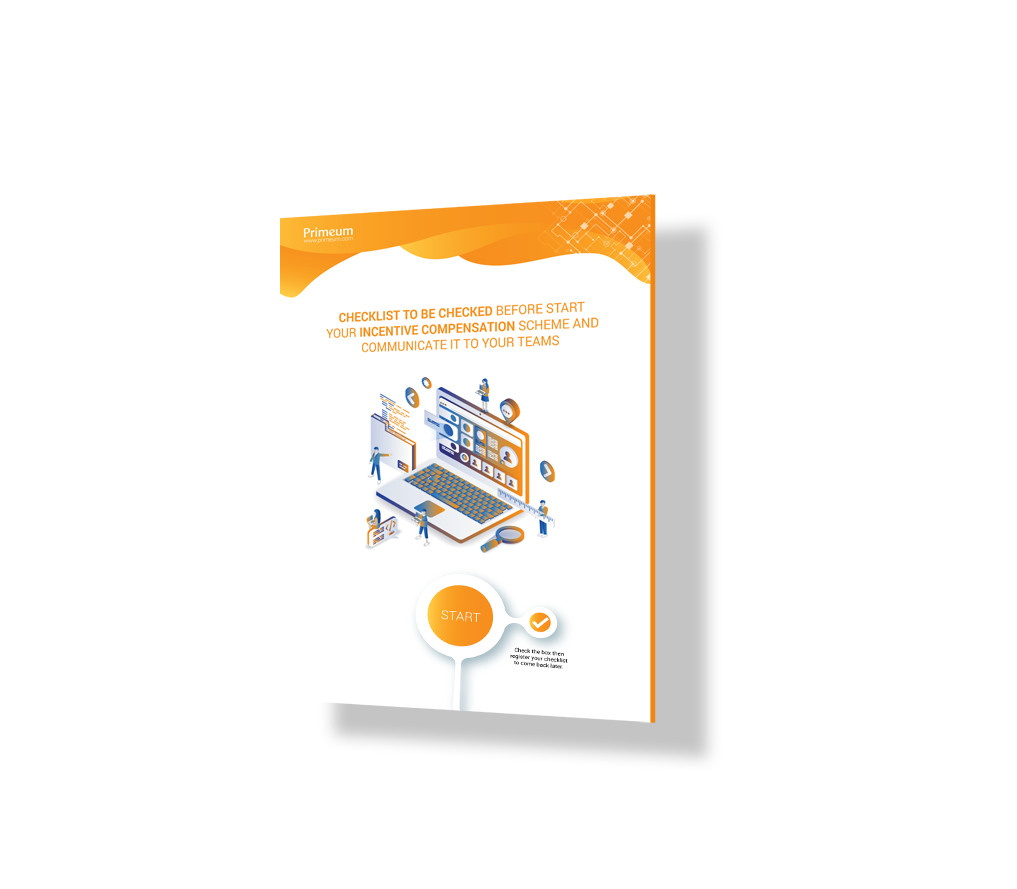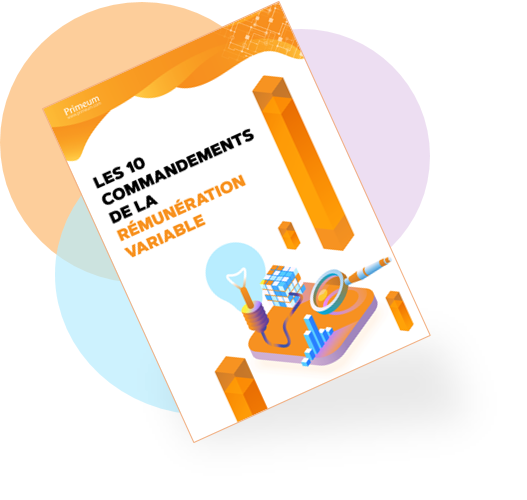"Historically, variable compensation mainly concerns sales teams. In recent years, it has tended to extend to all of the company's jobs. Thus, the marketing function can be motivated by incentives on the results of a campaign. In finance, it will particularly concern employees in charge of recovery or Credit Managers. Productivity bonuses can also be granted in logistics and supply services.” Hervé De Riberolles, Director of the International Division of Primeum.
Incentive pay plan has become an issue of recruitment and retention of employees. In 2018, more and more companies offer a variable pay system to their employees, all departments and all functions. Today, offering a remuneration package with a fixed part and a variable is no longer focused exclusively on the commercial population. The HR, Marketing, Finance and Logistics departments no longer hesitate to incentivize their employees by offering a variable compensation system adapted to each function.
How to choose the right elements to take in account for the different functions of the company? Which key performance indicators to choose to motivate and push support functions to give the best of themselves?
In this article, a non-exhaustive offer of key performance indicators (KPIs) for the HR, Marketing, Finance and Logistics functions!
1) HR: RECRUITMENT, TRAINING AND STAFF MANAGEMENT
The HR function is changing and plays a central role in the implementation of the corporate strategy. Thus, it is important to incentivize the HR professionals according to their scope and especially the new issues raised by the function, well-being at work or the prevention of psychosocial risks.
Within the HR department, the idea is to implement bonuses oriented towards the quality of execution of tasks. When it comes to quality, we try to reward employees on criteria that factually indicate the level of quality produced. As a result, these indicators can be quantitative or qualitative and are part of a roadmap leading to more performance. Measuring HR indicators quantitatively can directly reward the quality of the work done.
HR strategic missions include recruitment, training, job and skills development. How can you objectify HR professionals with regard to these 3 key areas of the sector? Below is a list of HR KPIs that can be used to measure employee performance while motivating them further.
Recruitment
- the number of recruitments done over a given period
- the retention rate in the company after one year
- the number of applications got through a possible co-optation program
- the number of spontaneous applications
Workforce Management
- the general turnover of the company
- well-being in the company, which is measured in particular through internal satisfaction surveys
- the quality of payroll processing: number of complaints
- the absence rate
Employee training
- the average number of training hours per employee per category
- the rate of access to training
- the percentage of employees who have not benefited from training actions for at least 2 years
- the number of employees who have attended certification training
- the success rate of employees at the end-of-training examination, etc.
2) MARKETING: KPIS AROUND DATA OPTIMIZATION
The marketing function is becoming more and more important in the business. The rise of digital technology has changed dramatically the working methods of marketing professionals, who have become experts in digital and the design of offers for the internet market.
Today, the marketing department works closely with the sales department and provides expertise in managing and optimizing customer data. Marketing specialists are working on quantified elements to understand and predict future consumer purchasing behavior, especially on the internet. How to measure the performance of marketing actions? Below is a list of key performance indicators to assess the effectiveness of a marketing strategy and to measure ROI.
Leads and traffic generated
- the number of incoming leads depending on the channel
- the number of visitors to a commercial site, a social network, etc.
- the number of leads generated by each marketing tool (advertising offer, internet campaign, etc.)
- the number of clicks generated by call-to-action
- the number of qualified commercial leads, per channel and per month
- the conversion rate of qualified commercial leads into effective deals
3) FINANCE AND ACCOUNTING: BUDGET CONTROL AND FINANCIAL PROFITABILITY
Formerly reserved for the profiles of CFO and managers, now financial controllers, accountants and management controllers can benefit from a customized incentive compensation system. As a result, we have implemented key performance indicators specifically designed for the finance and accounting function. Produce a management report for a specific date and time without making any corrections, have a control of the forecast with a margin lower than 4%, achieve a cash investment yielding at least 2% on average, etc ..., are examples Key performance indicators that can be taken into account when calculating the incentive part of the financial jobs.
These KPIs are used to evaluate the performance of finance and accounting professionals and increasingly weigh in their overall compensation package. What are the performance indicators most often used in finance and accounting? Below is a non-exhaustive list.
Administrative and financial director
- cost optimization
- team management
- improving financial conditions
Management controller, internal auditor, credit manager and chief accountant
- cost reduction
- optimization of reporting deadlines
- budget and forecast reliability
- the setting up of a structuring project (ERP, integration, ...)
General Accountant, Client Accountant, Accounts Payable
- reduced production time of the accounts
- the improvement of the quality of the accounting treatment,….
4) LOGISTICS OR SUPPLY CHAIN: STOCKS, TRANSPORT AND DELIVERY
The logistics sector is particularly suitable for implementing KPIs. In addition, analyzing the operation, processes and supply chain flows of a company is essential to ensure its effectiveness. The idea is to optimize logistics management and goods transport by controlling costs, delivery times and quality of services. In this sector, every second counts and optimization of the supply chain depends on the implementation and analysis of relevant logistics KPIs. Which of these industry-specific KPIs are the most used?
Inventory management
- the shortage rate
- the stock cover of a reference
- the rotation of a reference
- the number of pallets received / dispatched
- order picking speed
- the number of pallet build errors
- parcels prepared by picking operators
- the "empty" kilometers rate
- the empty rate on a truck
- Analysis of ratios and logistics rates
Supply and logistics
- the number of products delivered
- the number of products loaded by truck
- the number of products delivered with respect to the contractual deadline
- the number of laps / day
- the loading time of the trucks
- the number of empty kilometers traveled to optimize the delivery tour
Finally, variable incentive compensation aims to motivate employees in a business performance logic. Thus, it is considered that below 8 to 10% of the annual salary, incentive compensation does not play its role of boosting performance and does not change the behavior of employees. In addition, variable pay must never exceed 30% to remain an effective motivation lever!





